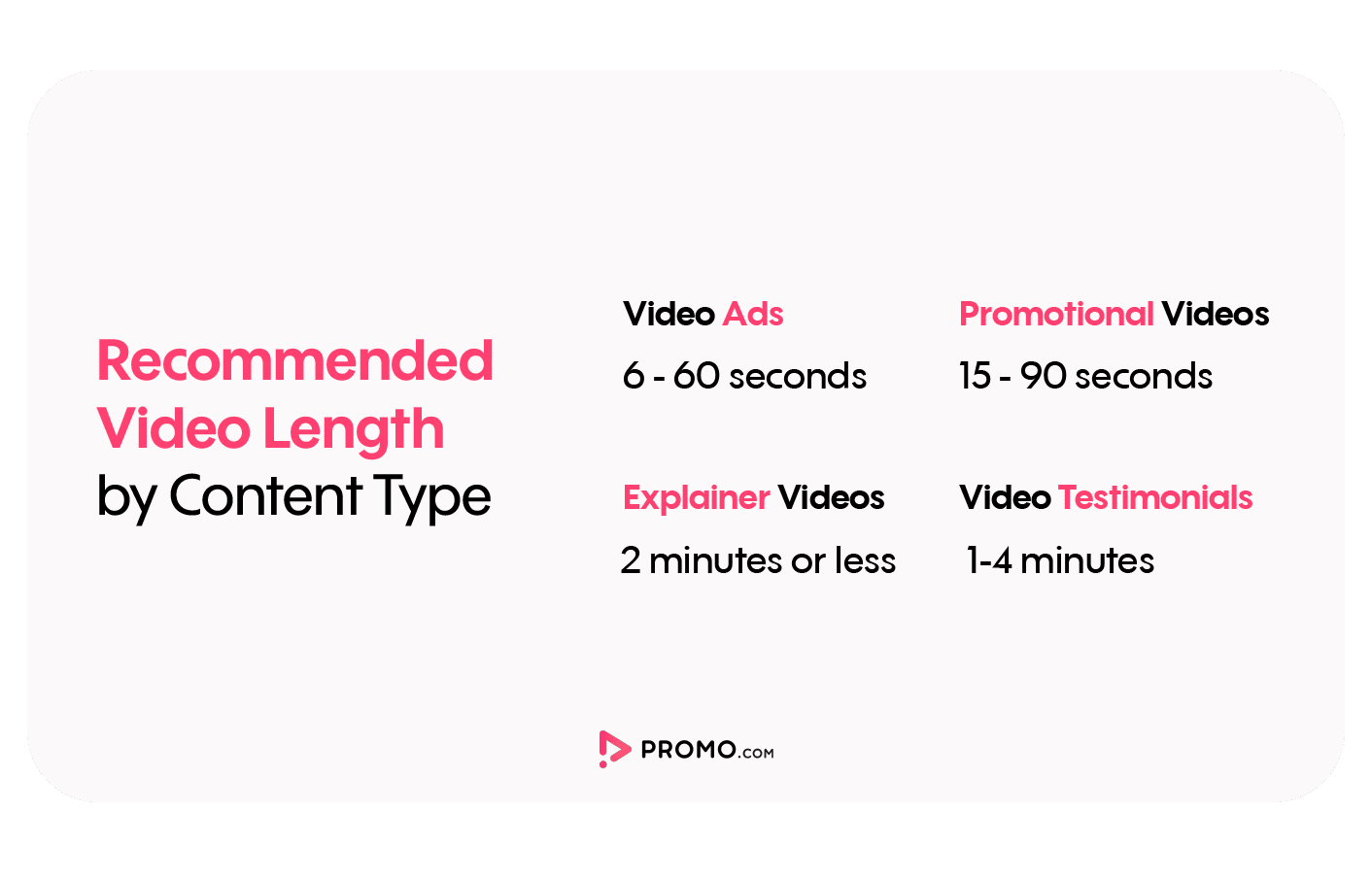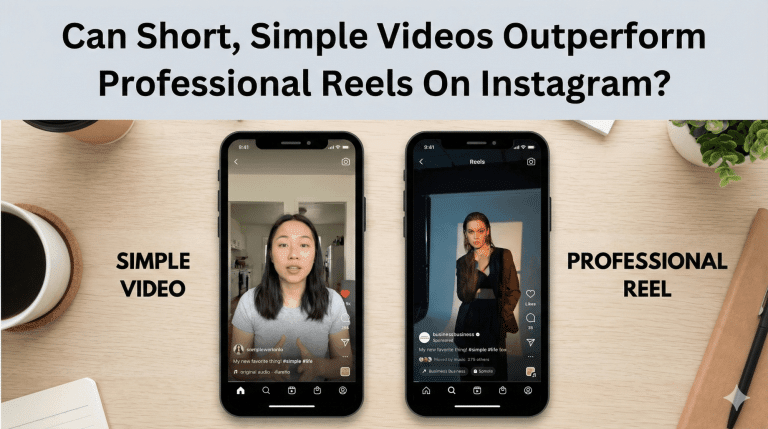
How to write a video script [FREE template included]
Whether you’re a video ninja or a true newbie, before you create a new marketing video, you need a solid plan. We’re not just talking about having a great idea or starting point; you need an actual video script to follow.
And the best part, we’re giving you a free video script template to get you off on the right foot.
If you’re ready to learn how to write an effective video script to ensure the best possible marketing videos, keep reading.
What is a video script?
A video script doesn’t have to be a word-for-word guide of what you’re going to say in your video. Of course it can be as literal and thorough as you want, but a script can also be a loose guide – more like a storyboard. The objective is to help you organize your message per frame, and keep you on track throughout the creative process.
Why it’s important
Having a script to follow helps you eliminate the guess-work. It gives you direction and provides an organized methodology you can always refer to if you find yourself getting off track. Making marketing videos that work for your business requires a marketing strategy, and setting yourself up for success before you really put the pedal to the metal will ensure smooth sailing.
When you don’t need a script
Writing a video script is always a good idea, but it’s not always necessary. If you’re making an unboxing video for example, you’ll likely focus on showcasing the actual product from different angles and won’t need many frames or different topics to cover. An explainer video on the other hand requires more, well, explanation and will benefit from an outline and script you can follow along with. The more unique points you want to convey, the more you’ll benefit from having a script before you start filming.
How to write a video script
Writing a script is simple when you break it down into these manageable steps:
- Start with a brief
- Identify the purpose of your video
- Think of your audience
- Consider both what you’ll hear and what you’ll see
- Convey your point early on in the video
- Keep your message short and concise
- Compare your script to the original brief as you work
- Read through your script out loud before you film
Start with a brief
Put your video content ideas to paper. Whether it’s in preparation for a long or short video, your brief/outline should be a condensed guide that you’ll later be able to expand into a storyboard. Sometimes you start with one idea, but once you begin mapping it out the look and feel of the entire plan really changes. Your brief will help you get ahead of potential creative shifts, and get everything arranged before you have the potential to get ahead of yourself.
Your brief needs to address all the questions you or your team may have about the video you’re going to make, including why you’re making it in the first place. Which brings us to our next point.
Identify the purpose of your video
Ask yourself what the goal of your video is, what purpose it should serve, or what problem it should solve. Without a clear purpose, it will lack direction and likely lose the interest of your viewer. Your video can address multiple topics and key takeaways, but every video you make should have one clear goal.
Think of your audience
It’s important to keep your audience in mind throughout the entire video making process. Who is your target audience and how will this video appeal to them? How will the above purpose you’ve identified resonate with them? Will you be addressing pain points that they want solutions to? As you answer these questions, make sure that your finished product always benefits your audience and that you provide them with something they can learn, or take away.
Consider both what you’ll hear and what you’ll see
You might know exactly what you want to say, but you need to also think about what will be displayed on the screen as you say it. Most people find it helpful to organize their scripts into two columns: Audio and Video.
As you write and plan what you’ll be saying (the audio or voiceover), think about what the viewers will see (the video) as they’re hearing it. This is a step that easily gets overlooked. If you’re talking about setting up video ads on Facebook for example, and the Ads Manager isn’t shown until you’ve moved on to your next point, the flow is broken and it can become quite confusing.
Video Script Example
How do we know what we’re talking about? We write video scripts all the time at Promo.com!
Check out this real video script example we wrote for our social media calendar video:

And this is how the script turns into reality:
To easily write your own video script, remember to download our attached PDF template. You’ll have the space to fill in your text and notes as you work.
Convey your point early on in the video
It’s proven that we need to hook our audience in the first few seconds of a video if we want to hold and keep their attention. Stating your message early on works to keep viewers interested, keeps them engaged, and keeps them excited about what comes next.
It’s obvious that holding someone’s attention and keeping them engaged is important to the video production process. The longer they stay on your video, the longer they are hearing your message. So as to not risk your viewers drawing the curtain before the video is over, let your audience know what you’ll be showing them and what you’ll be addressing. This way, they’ll know it’s worth their while to stick around and keep watching.
Keep your message short and concise
The point that you’re working to convey is imperative to your video. It’s what you want your viewers to remember. Sure you have an entire video to do this, but dancing around the point can be damaging.
Keeping your message short and concise seems obvious if you’re wondering how to write a script for a short video. But even longer videos need clear messaging too. For every script you write, and every video you go on to create, make sure your message is well thought out (that’s where the brief can help) and is kept succinct. Add your call to action (CTA) throughout the video, as well as at the end for an effective double punch.
Compare your script to the original brief as you work
Make sure as you expand your ideas and your text to keep checking back at the brief or outline you wrote. You don’t want to start making your video and realize you forgot to address any of the key points in your first draft.
Imagine completing your video only to find you accidentally left out a whole section. Checking back at your original brief periodically will ultimately save you from redoing any work, save you time, and make the entire process run smoothly.
Read through your script out loud before you film
This is the final step of preparation before you start creating your video. Get yourself really familiarized with the script and the talking points. Reading it out loud a few times will help you sound more confident and comfortable. Try reading it in front of your team or friend to get any pre-recording jitters out.
How long should a video script be?
The length of your video script depends on how long your video will be. Though the recommended video length really depends on the platform (YouTube vs Twitter for example), keeping your videos under 2 minutes long is considered performance forward.

Like we mentioned earlier, your script can range from a loose storyboard to a word-for-word outline. So at the most, your video script will be as long as your video. But the ideal length for your script is whatever allows you to get all your points across clearly and helps you feel comfortable and confident before the camera starts rolling.
So whether you want to learn how to write a script for a YouTube video or how to write a music video script, if you apply the above steps, you’ll be golden.
If you’re looking to save a bit of time throughout this video production process, try one of the ready-to-use video templates Promo.com offers. You can customize any part of the template, but you can also use it as is – just add your message and logo.
Master your script and start filming
When it comes to learning how to write a script for a video, all you need is a little practice to master the process. Video scripts help enhance your video marketing projects and set you up to create effective videos that get results.
Reach your video goals and get started with Promo.com!


